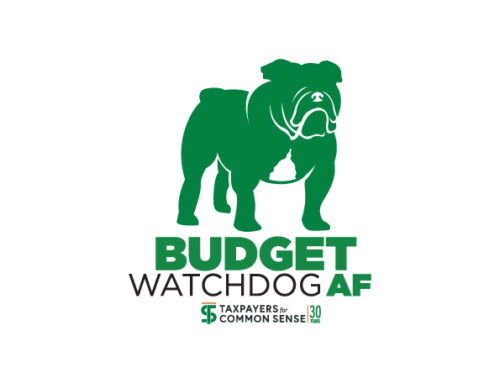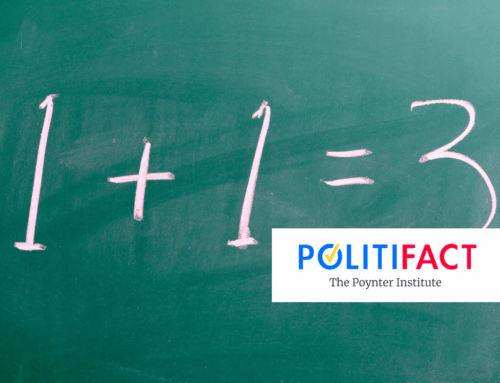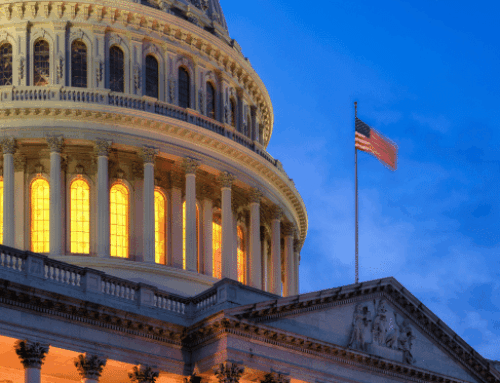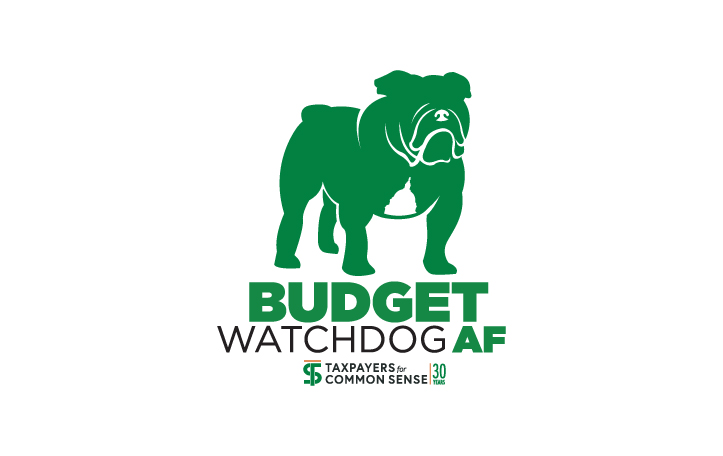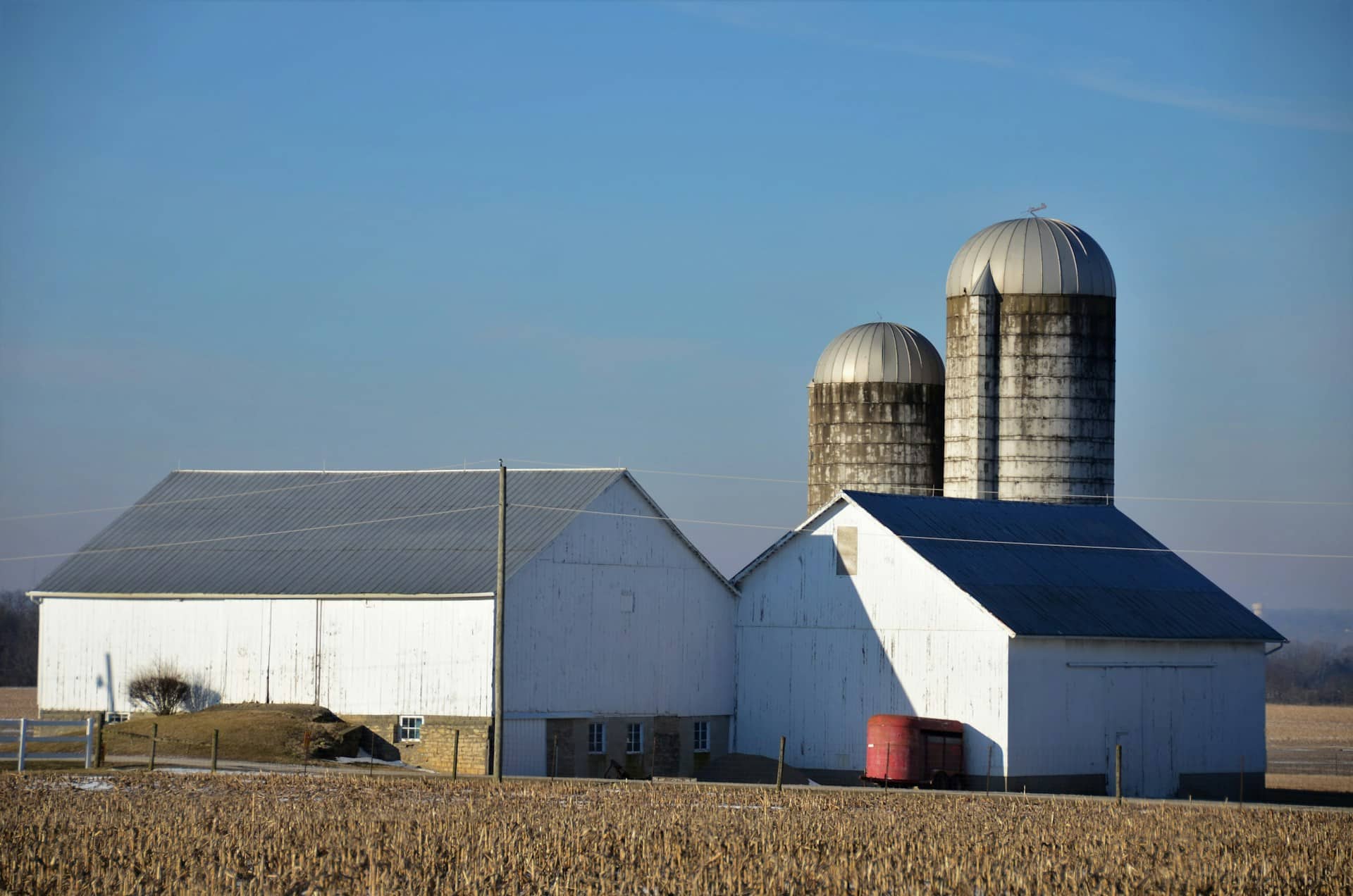Last weekend, the Joint Committee on Taxation (JCT)—Congress’s nonpartisan tax scorekeeper—released its revenue estimate of the bill using a “current policy” baseline, as directed by the Senate Budget Committee. Under this current policy scenario, all the expiring tax provisions from the 2017 Tax Cuts and Jobs Act (TCJA) are assumed to be automatically extended—even though they were explicitly set to expire at the end of 2025. This game of smoke and mirrors is being used to mask the bill’s true cost. The result: a misleading score of just $442 billion over ten years that dramatically understates the cost of the OBBBA.
Earlier this week, the same JCT gave the Senate Finance Committee a “very preliminary” revenue score of the OBBBA using the more honest “current law” baseline. That’s what the House used for its score and is standard practice—because if the bill fails, current law will govern the budget. Yes, a current law baseline can be gamed to make something look cheaper by sunsetting it early (as was done in the TCJA and again in the OBBBA). But current law still gives the clearest picture of what the budget looks like if Congress does nothing—which, let’s be honest, it often does.
Under a current law baseline, the OBBBA’s revenue loss balloons to $4.2 trillion—nearly ten times the current policy score, and $400 billion more than the House-passed version. And that’s just the revenue side. The OBBBA also includes spending—some cuts, some new outlays—but once you factor in macroeconomic effects and higher interest costs, the Congressional Budget Office (CBO, which relies on JCT revenue estimates) projects the House-passed OBBBA would add $3.3 trillion to the debt over the next decade.
With this year’s deficit expected to approach $2 trillion and the national debt already at $36.2 trillion—up more than $30 trillion since 2000—we simply cannot afford to stack trillions more on top.
And unlike the baseline debates, the Statutory PAYGO (pay-as-you-go) law doesn’t care what assumptions Congress used to score the bill. In response to a Congressional inquiry, CBO told lawmakers that if the OBBBA becomes law and adds, for example, $2.3 trillion to the deficit under current law scoring an automatic across-the-board cut would be triggered. That means a $230 billion annual sequestration, starting in fiscal year 2026. Medicare would take the first hit—capped at 4%, or about $45 billion—but the rest would come from non-exempt mandatory programs like agricultural subsidies and student loan administrative accounts. According to CBO, the rest of the available accounts only add up to about $120 billion. So in this case, without a separate 60-vote waiver, Congress would be ordering cuts that don’t just hurt—they overshoot what’s even possible to cut.
Beyond this gaming of the bill’s overall cost and the threat of steep cuts, as Weekly Wastebasket readers know, another aspect of Budget Reconciliation is that it bypasses the 60 vote filibuster allowing legislation to pass with a simple majority instead. To access this procedural privilege, reconciliation legislation is required to have substantive impacts on spending, revenue, and the debt ceiling. In other words, no policy just dollars.
This is enshrined in the Byrd Rule. Named after its original sponsor, Robert Byrd (D-WV), the rule allows Senators to bring a point of order (which can strike the provision) against language that is either extraneous or fails to follow reconciliation instructions. In practice, the biggest Byrd issues center around language that has no real budget effect or for which the change in revenue or spending is merely incidental to the policy change. To avoid major changes being struck on the Senate floor, bill sponsors present their legislation to the Senate Parliamentarian—whose job is to advise on Senate rules—for a review process known as the Byrd bath. Provisions found in violation are either scrubbed from the bill or modified until they pass muster.
The Byrd bath for this reconciliation bill is dousing any illusion that it’s fiscally responsible. While the Byrd bath is ongoing—and will continue until the bill is on the Senate floor—a number of Byrd “droppings” are driving the bill’s price tag even higher. Provisions mandating the sale of millions of acres of public lands, zeroing out funding for the Consumer Financial Protection Bureau, allowing developers to skip environmental reviews if they pay a one-time fee, requiring states to cover a percentage of SNAP (food stamp) benefits, and capping Medicaid funding to states are just a few of the pay-fors currently at risk of being watered down or removed entirely. Every provision that raises revenue or cuts spending but gets tossed out pushes the price tag even higher.
Budget Reconciliation was once used for minor adjustments to align spending or revenue. It has become a budgetary behemoth, tapped by both parties to jam through controversial priorities with a simple majority—and taxpayers have paid the price. These budgetary games mislead the public and are a major reason the nation is in such dire fiscal straits. The OBBBA will only make it worse.
- Photo by Adam Śmigielski on Unsplash


